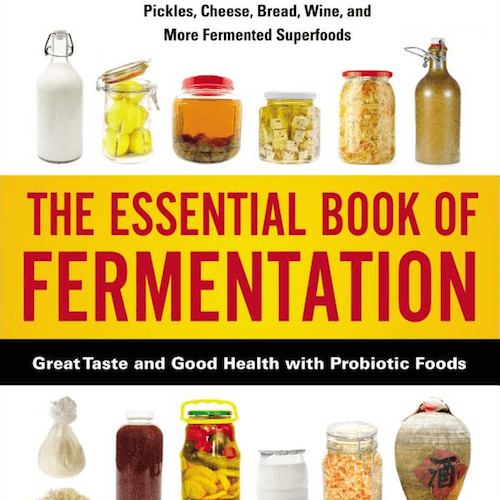
It was Picasso who said, “Learn the rules like a pro so you can break them like an artist.” That’s precisely how Soyoung Scanlan makes cheese at her Andante Dairy in Petaluma, Calif.
The dairy sits on a hilltop west of town, surrounded by the 212-acre Volpi Ranch. Here, goat’s milk from 2,000 does is piped directly from milking machines into the cheesemaking building. Scanlan also uses Jersey cow’s milk, plus milk from a nearby herd of water buffalo when available. In producing cheeses for retail sale, Scanlan strives for consistency. By contrast, when experimenting with specialty small-batch cheeses, often bound for big-name clients and restaurateurs, she artfully steps beyond the rules to create something truly original.
Scanlan studied microbiology and food science in college in Korea, and this training no doubt influences her precise commercial cheesemaking process. “I use two or three microbial cultures, and I vary ratios depending on the season,” she says. “The flavor of milk changes with the seasons, so the flavor of my cheeses would change, too, if I used the same ratio all year.”
A culture of Lactobacillus acidophilus produces a sharper acid profile while a culture of Leuconostoc mesenteroides subsp. cremoris yields more buttery flavors, Scanlan says. And there are many species of Lactococcus bacteria that yield the consistent flavors she craves.
“When I change the ratio of the cultures, how I age the cheese changes,” Scanlan says. “For instance, if I use more Leuconostoc, the cheese will have a creamier texture, become softer, dry more slowly, and need a very gentle cure.”
But Scanlan—a classical piano player—also has a creative streak, reflected in the name of her business. Andante, a musical tempo akin to a leisurely walk, represents her philosophy of living and working with composure. So while her retail cheeses—with harmonious names like Impromptu, Pianoforte, Acapella, Nocturne, and Picolo—come out intentionally uniform, many of the 500 to 700 cheeses her small team produces weekly are more innovative and customized for her customers.
The Thomas Keller Restaurant Group constitutes 40 percent of Scanlan’s business. “We have flavor profiles for the group’s restaurants in Napa Valley and New York City, and the cheeses I make for each restaurant are different,” Scanlan says. “I’m known for making cheeses for specific wines.”
She once interviewed the maker of a 1984 Domaine de la Romanée-Conti to create a cheese that would emphasize the French wine’s delicacy. “When an older wine’s texture is delicate, cow’s milk cheese can be a bit heavy,” Scanlan says, “so I used goat’s milk to make something runny, with minerality, but not too acidic.”
Scanlan’s spontaneity and imagination flourish during the aging process. “Aging is like organic farming,” she says. “Conventional farmers want to control everything and follow a set of rules. That may be the easiest way to farm, but it’s not the best. An organic farmer prepares the land properly—like making fresh cheese—but the growing season is like the cheese aging.” The organic farmer watches her crops closely and seeks to understand the environment’s impact, then follows nature’s lead, she adds.

Figaro, a seasonal cow-and-goat’s milk cheese wrapped in fig leaves.
It’s just like making cheese. “You have to allow nature to have a hand in it,” Scanlan says. “That means allowing temperature and humidity to have some natural variance . . . Over the years, I found out there’s a limit to using scientific knowledge to make cheese.”
Instead, she goes by feeling and intuition—throwing open a window here to air out a stuffy aging room, aging Camembert next to a different kind of cheese there. When turning cheeses, she feels each wheel and wedge to assess its progress, switching their positions on racks as needed.
“[Scanlan] achieves a depth of flavor and texture that I don’t find in any other soft-ripened cheese,” says John Ash, an award-winning chef and cookbook author based in California. “Each of her cheeses is uniquely different.”
Scanlan’s advice to other cheesemakers? “Look at small cheeses as individuals,” she says. “If a customer buys just one cheese, it represents our entire work. I have to pay attention to every detail.” That she does—day in and day out, seven days a week.





